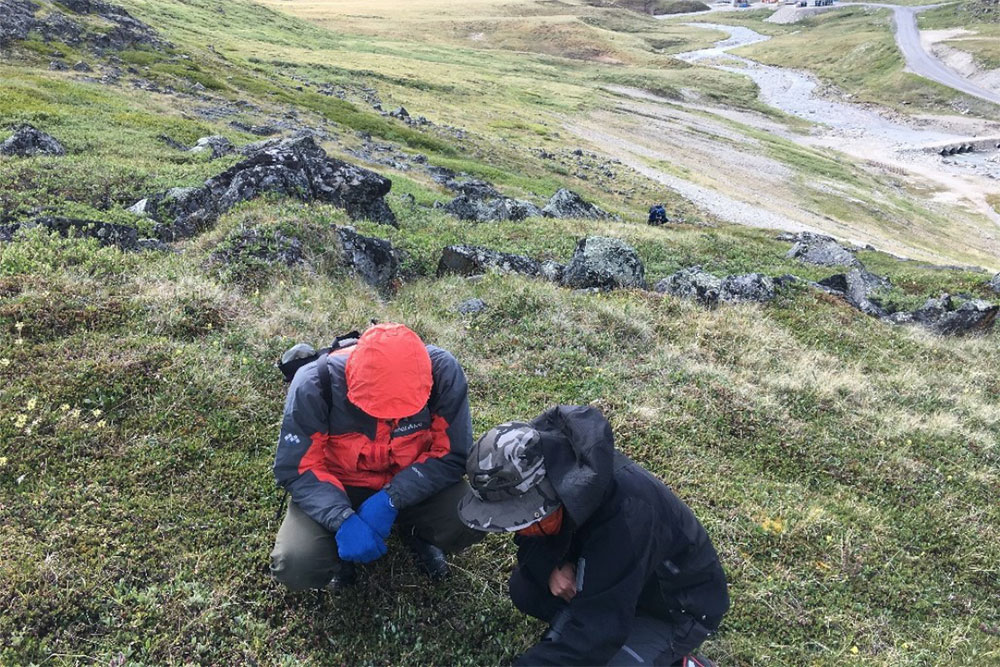2023-06-15 ワシントン大学セントルイス校
◆研究チームは、特定の遺伝子に関して関連するすべての変異のカタログを作成し、患者の遺伝子変異を調べることで病気の原因を特定できるようにしました。この手法は、診断プロセスを簡素化し、治療に早くアクセスできるようにすることが期待されています。
<関連情報>
- https://medicine.wustl.edu/news/diagnosis-of-rare-genetic-muscle-disease-improved-by-new-approach/
- https://www.jci.org/articles/view/168156
SGCBコードバリアントの包括的な機能的特徴付けにより、四肢帯状筋ジストロフィーR4/2E型の病原性を予測 Comprehensive functional characterization of SGCB coding variants predicts pathogenicity in limb-girdle muscular dystrophy type R4/2E
Chengcheng Li,Jackson Wilborn,Sara Pittman,Jil Daw,Jorge Alonso-Pérez,Jordi Díaz-Manera,Conrad C. Weihl, and Gabe Haller
The Journal of Clinical Investigation Published June 15, 2023
DOI:https://doi.org/10.1172/JCI168156

Abstract
Genetic testing is essential for patients with a suspected hereditary myopathy. More than 50% of patients clinically diagnosed with a myopathy carry a variant of unknown significance in a myopathy gene, often leaving them without a genetic diagnosis. Limb-girdle muscular dystrophy (LGMD) type R4/2E is caused by mutations in β-sarcoglycan (SGCB). Together, β-, α-, γ-, and δ-sarcoglycan form a 4-protein transmembrane complex (SGC) that localizes to the sarcolemma. Biallelic loss-of-function mutations in any subunit can lead to LGMD. To provide functional evidence for the pathogenicity of missense variants, we performed deep mutational scanning of SGCB and assessed SGC cell surface localization for all 6,340 possible amino acid changes. Variant functional scores were bimodally distributed and perfectly predicted pathogenicity of known variants. Variants with less severe functional scores more often appeared in patients with slower disease progression, implying a relationship between variant function and disease severity. Amino acid positions intolerant to variation mapped to points of predicted SGC interactions, validated in silico structural models, and enabled accurate prediction of pathogenic variants in other SGC genes. These results will be useful for clinical interpretation of SGCB variants and improving diagnosis of LGMD; we hope they enable wider use of potentially life-saving gene therapy.


